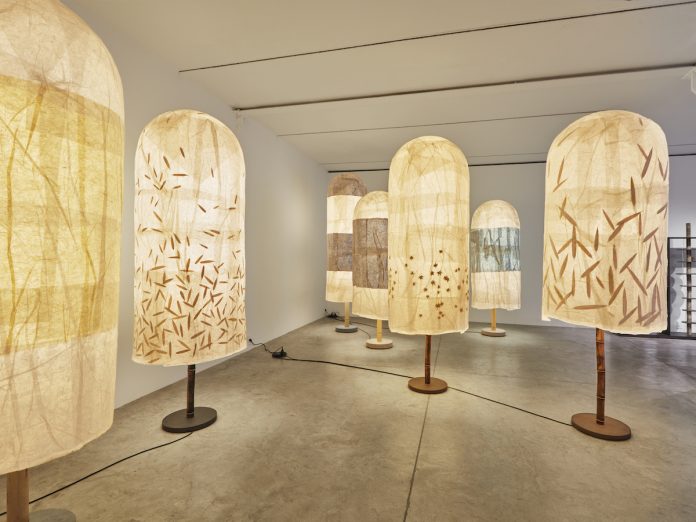The design vision of Andrea Branzi assumes the form of an exhibition at the gallery Friedman Benda in New York, through a body of work that reveals the artistic and creative evolution of this protagonist of Italian design, co-founder of the studio Archizoom Associati, one of the most interesting initiatives of the period covering the 1960s and 1970s.
The fascination with the interaction between human beings and objects, explored by Branzi through radical and poetic concepts of domestic space, is expressed in furnishings that are not defined only in terms of function, but also by the ways with which they can create a physical or immaterial space, in the present or “in memory.”
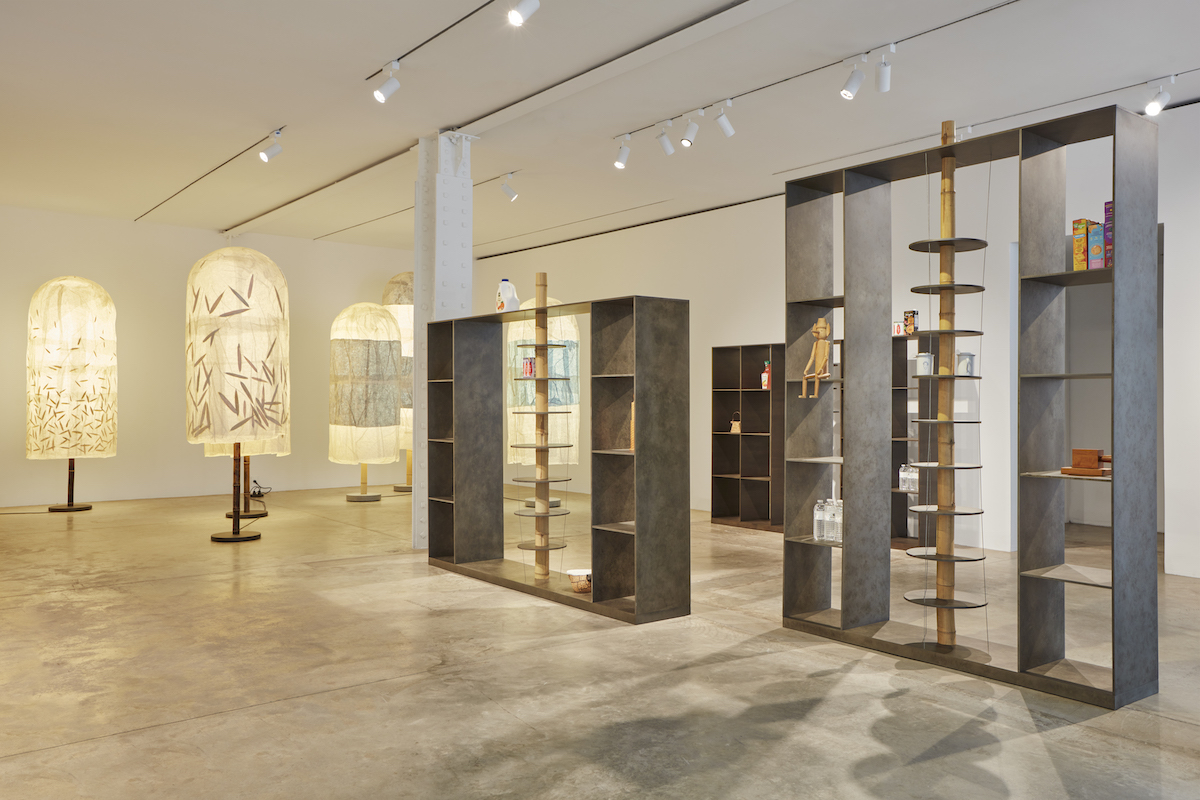
“The sacred aspect of objects is tied to the sacred aspect of man: they continue to exist beyond the purpose and time of their everyday use. They have no knowledge of the night because in the night they survive, immobile, immutable, alive, even after their death itself,” the architect/designer has said.
A path that culminates halfway through the 1980s in the idea of “neoprimitivism” – the movement founded by Branzi to redefine the bond between industry and nature – expressed in the series “Animali Domestici” made with logs, sticks and cuttings of wood.
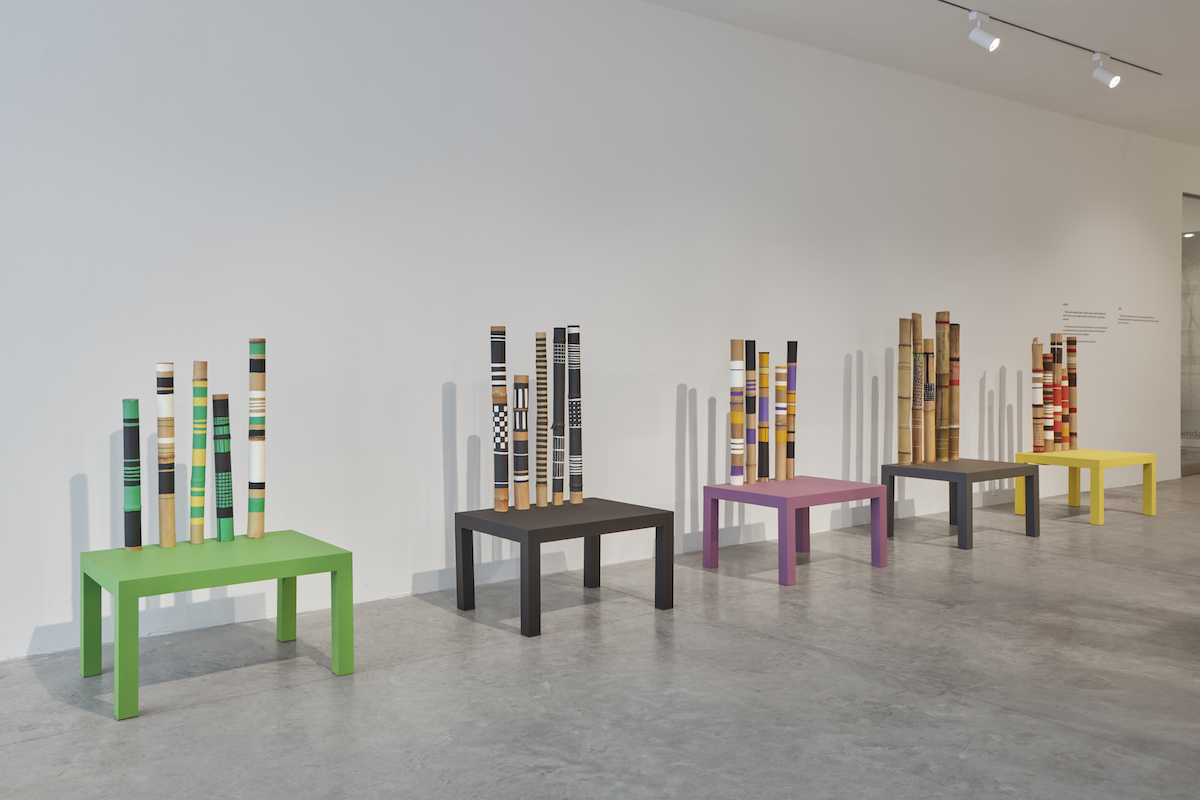
This vision is narrated in the exhibition Contemporary DNA (open until 22 April 2023), where the protagonists are the designer’s new explorations, the tension between gesture and method, landscape and architecture, commoditized and natural, crafts and industry.
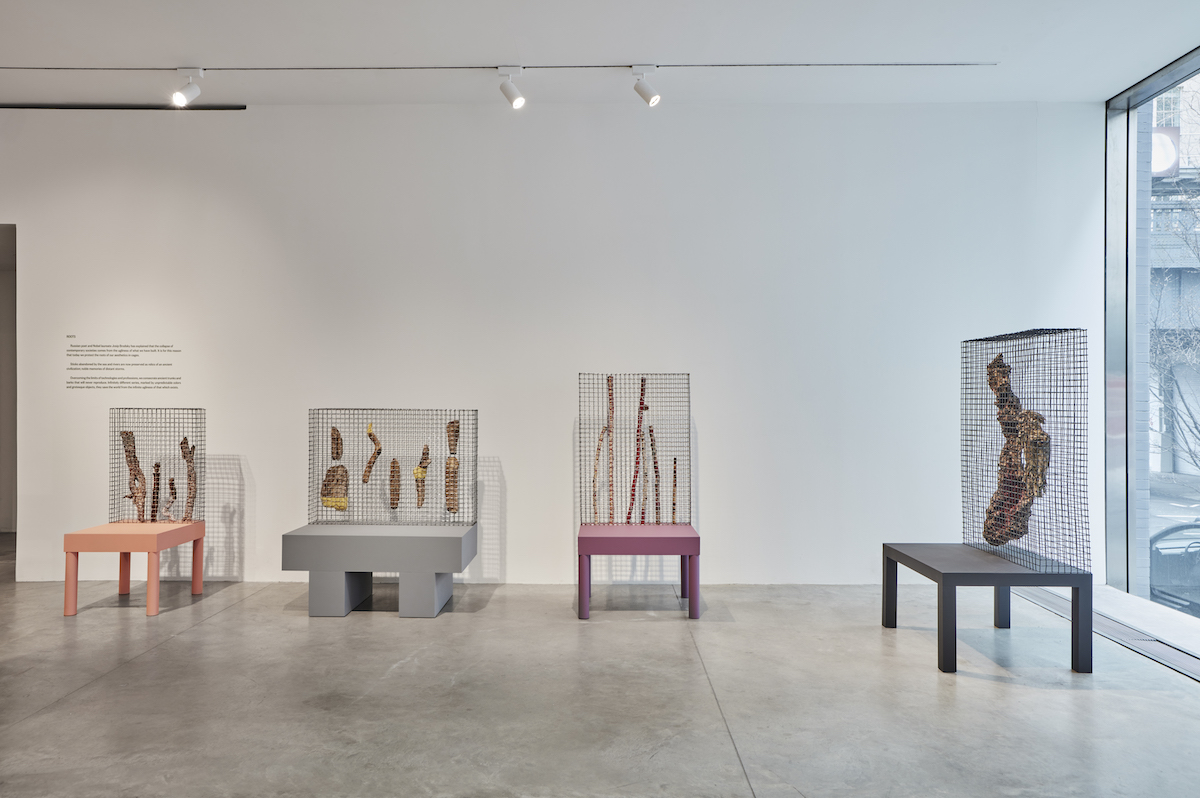
Examples include the series Roots, composed of floating sticks and pieces of wood, a symbol of what has been abandoned and is now conserved as a relic, protected in a cage; the Germinal Seats made in colored bamboo, evoking an architecture that belongs to thought; the Buildings, cabinets conceived as containers for everyday useful objects – from books to plates to pots – an emblem of the designer’s philosophy, according to which the true urban experience is not narrated by architecture, but by micro-environments of human memory.
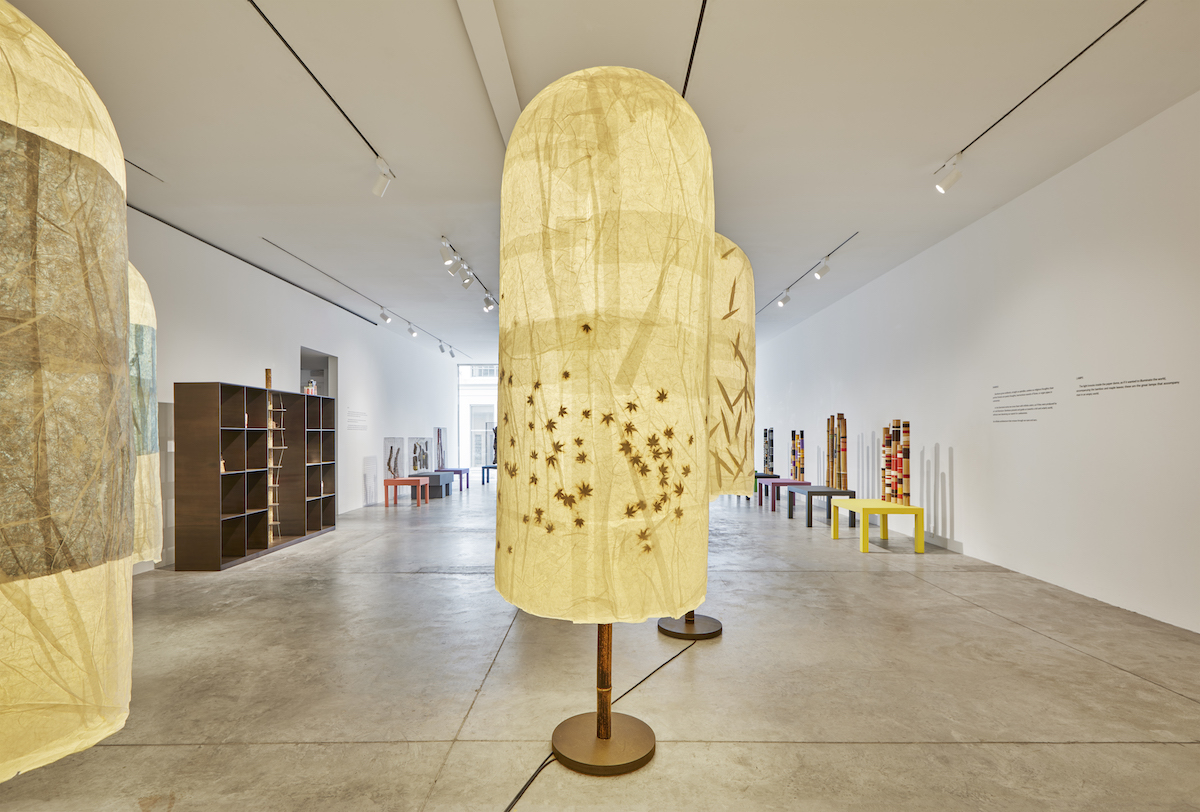
Branzi explains: “In each work I try to combat the sense of good taste, to push towards darker proportions. There are no straight lines, no perfect corners. Imperfection is the standard.”
Also on view, the Erme series originally commissioned for Villa San Michele at Anacapri, immersed in the glow of light emitted by paper lamps, now created with accents in bamboo and maple leaves: “A body of works – Branzi concludes – that has never been a case of rational correspondence, but always of primitive exploration.”

